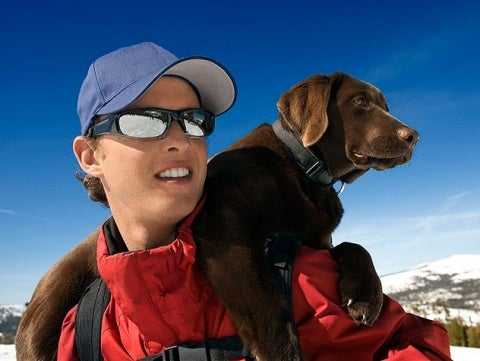Train to Be a Disaster Animal Response Team Volunteer

This post was originally published on the Petfinder Blog
Jane Harrell, Petfinder.com associate producer
Last week we asked our Facebook community, "Have you ever considered becoming a trained pet disaster response volunteer?" An overwhelming majority said yes, but didn't know how to sign up. As promised, here's how:
- First, research the Humane Society of the United States' requirements for National Disaster Animal Response Team (NDART) volunteers. This lists the courses and training required to become an NDART volunteer responder.
- As required by HSUS, take the following self-study courses available on the FEMA Web site:
- Incident Command System
- Incident Command System for Single Resources/Initial Action Incidents
- National Incident Management System, an Introduction
- Animals in Disaster, Module A: Awareness and Preparedness
- Animals in Disaster, Module B: Community Planning
- Livestock in Disasters
- Next, get trained in human and pet first aid and CPR. To find courses, consult your local chapter of the American Red Cross.
- Read Animals & Society Institute's Animals in Disasters: Responsibility and Action.
- Do a Google search for a "disaster animal response team" in your area (like this one for New Hampshire residents) or call your local animal care and control and ask if there's one nearby. Let them know that you have completed the HSUS NDART training and are interested in volunteering locally.
Federal regulations require all states to include pets and other animals in their disaster plans -- so it's a good bet that there's a local DART or CART (Community Animal Response Team) taskforce in your area. These taskforces are set up locally in coordination with your nearby rescue organizations and are sometimes lead by your city's animal care and control. We recommend the HSUS disaster training as one of the most comprehensive courses for prospective disaster volunteers out there, whether you end up being an NDART volunteer or not.
Of course, the first part of helping others is making sure that you yourself are covered. So make sure your family has a disaster kit tailored to your whole family's needs -- including your pets'. This way, you can focus your efforts on helping others should disaster strike. For more information, check out our disaster-preparedness tips and disaster kit shopping lists for dogs, cats, birds and horses.
Additional resources (thank you to our commenters for suggesting we include these):